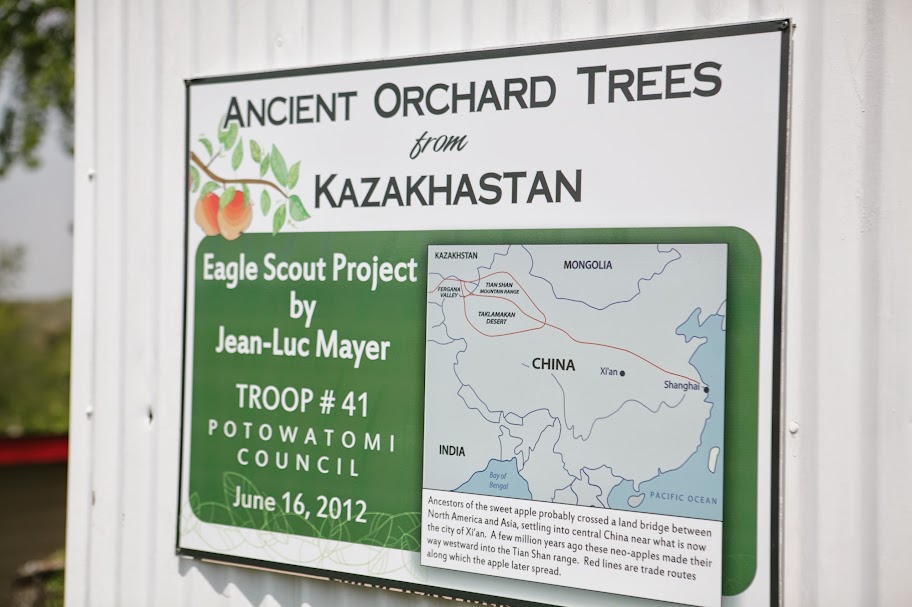I ordered:
Southworth pear
Southworth (PI 541350). Scionwood brought from near Duluth, Minnesota, by a Great Lakes captain sometime between 1900-10 and grafted on two trees at his home near Massena, N.Y. Introduced in 1968 by Fred L. Ashworth, St. Lawrence Nurseries, Heuvelton, N.Y. Brought to Ashworth's attention in 1967 by Frank Southworth of Massena, N.Y., present owner of the property. Parentage unknown. Fruit: medium large, as large as Bartlett; shaped like Duchesse d'Angouleme; skin green, rarely blushed; flesh has very little grit cells, flavor good, not as sweet as Bartlett; seeds per fruit average about three; ripens 20-30 Sept. in New York; some fire blight resistance. Tree: medium size; upright, vigorous; extremely hardy; productive; self-fertile. Original trees are still strong and vigorous, showing no sign of winter injury. -- Brooks and Olmo Register of Fruit and Nut Varieties.
The Southworth is possibly my best 'find' of any fruit genus thus far, as it fulfills more of real need than any of my others. I have grafted more of it than anything else this year. Two trees of this pear were grafted by a Great Lakes skipper about 1908. They have not winter killed since (winters to -45 F during that time). Nor has it blighted; and it bears fruit almost as good as those offered in the stores. It seems to bear from its own pollen. I surmise the captain learned of the pear from a Finn or Norwegian and arranged to have propagating wood sent or brought to him. His name -- I think -- was Benton; but the Southworths bought the place from him, and Frank, the second Southworth owner called it to my attention, so I named it Southworth. -- Fred L. Ashworth, Route 2, Heuvelton, New York. North American Pomona 9:20. October, 1969.
Prairie Spy
Comments:: Fruit: size medium to large, W61-75 x L52-62 mm; shape flat, rectangular convex. not ribbed; skin green to yellowish green, striped and blotched dull orange-red, whitish gray dots, very sticky tough; flesh firm, fine, greenish white; flavor sweet subacid, crisp, juicy, excellent flavor for all purpose. Harvest season late. Tree: hardy, vigorous, long-lived annually productive. Some resistance to apple scab and cedar apple rust. Matures in Oct. Resembles Northern Spy.
MN 80-15-30, which is one of the Kazakhstan varieties
Sampled 60 fruits from 1 tree. Flesh flavor is aromatic. Over color is 70% red. Fruit size is larger than 50mm. Free of disease and insects. Best apple so far, great.
Court Pendu Plat
Comments:: Fruit: size medium, W62 x L44-50 mm; shape flat, rectangular, convex, not ribbed; skin yellow blush dull red with some russet; flesh firm, crisp, yellowish white; flavor sweet, rich, perfumed. Ripens in November or December depending on location. Excellent dessert apple. Pick late. Keeps until April. Small, hardy, upright tree, precocious yielding, scab resistant, suitable for heavy soils. Very late flowering ("Wise Apple"). Good for late frost prone locations. Add. LIT.CIT. 1992-93 H. Apple. Tsolum River Fruit Trees Catalogue. p 16
Lee and Art, maybe a few years down the road we can share scions of these for continued "research"

